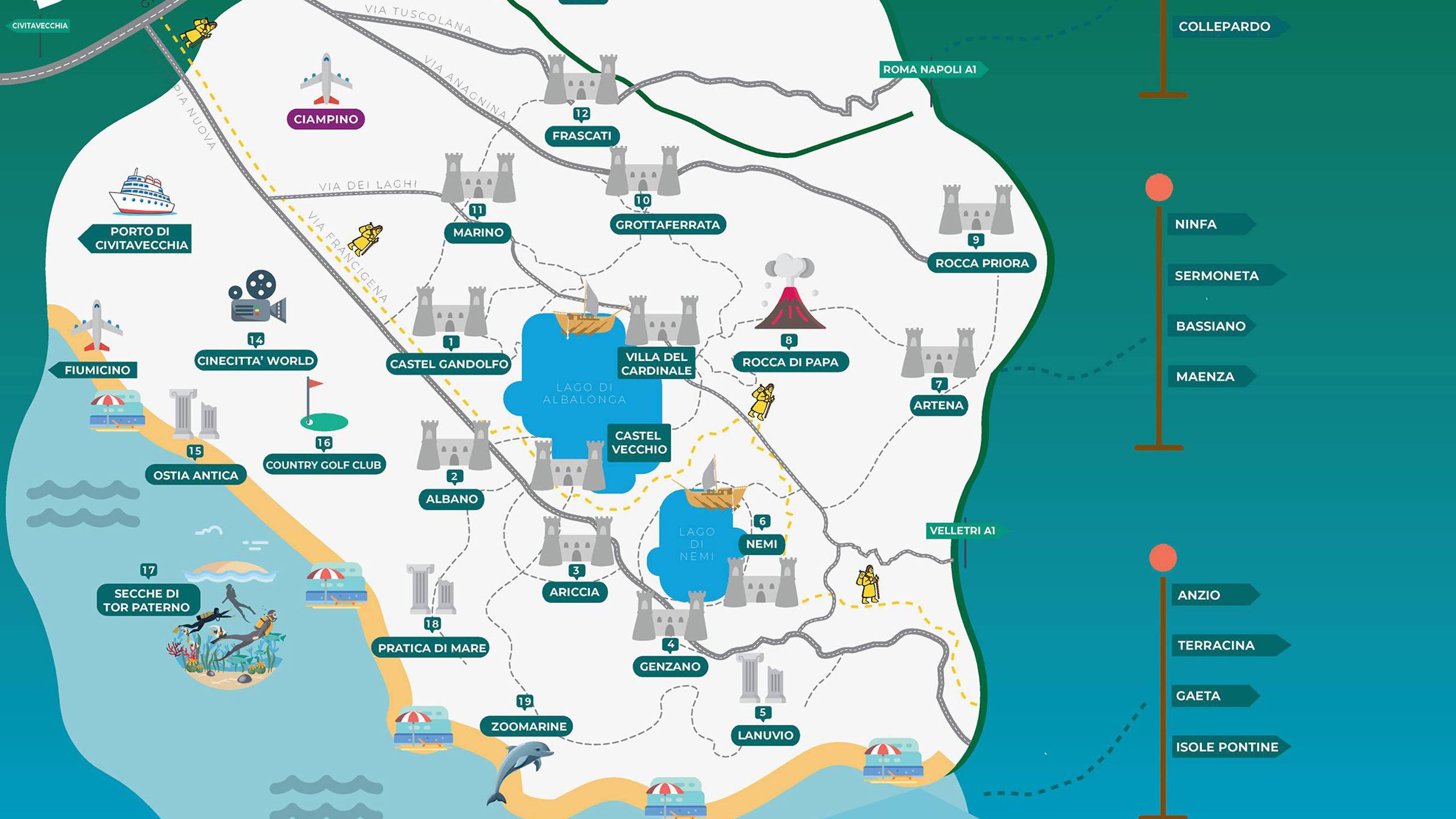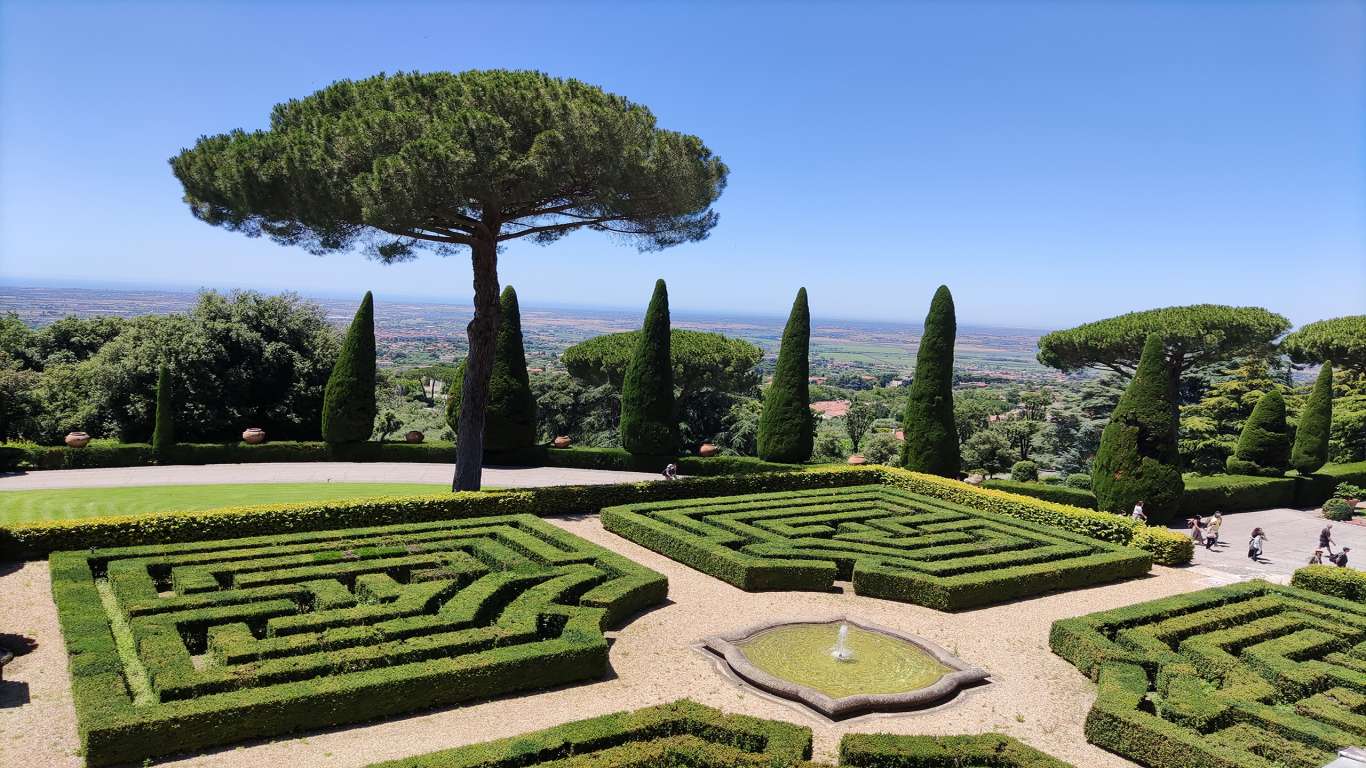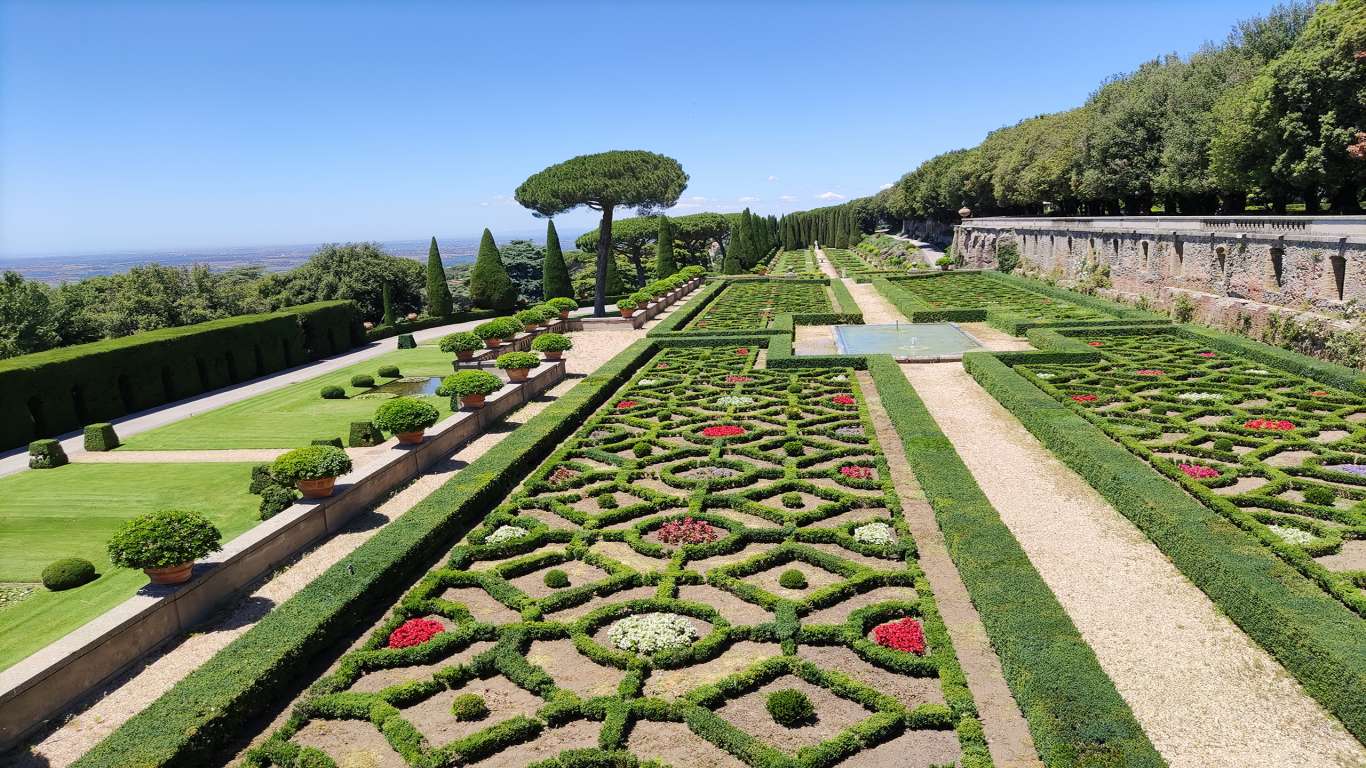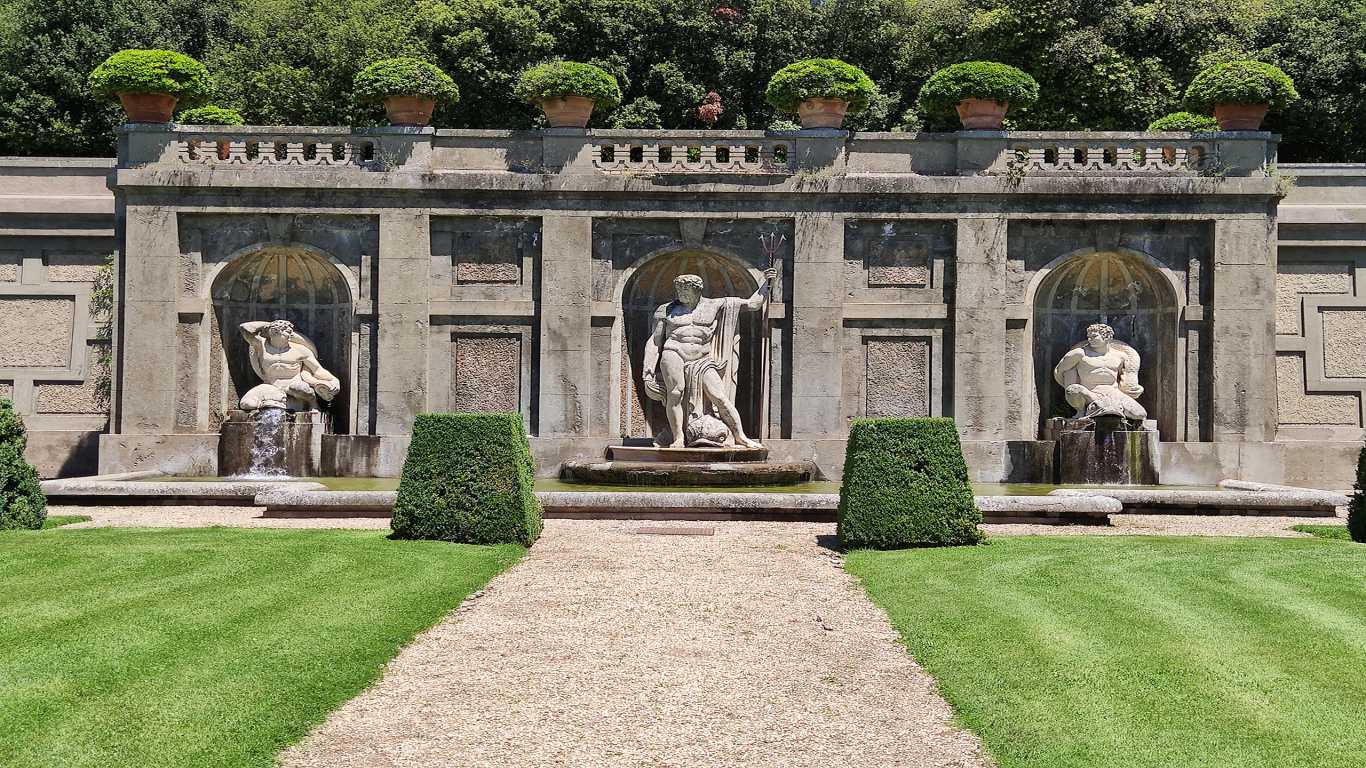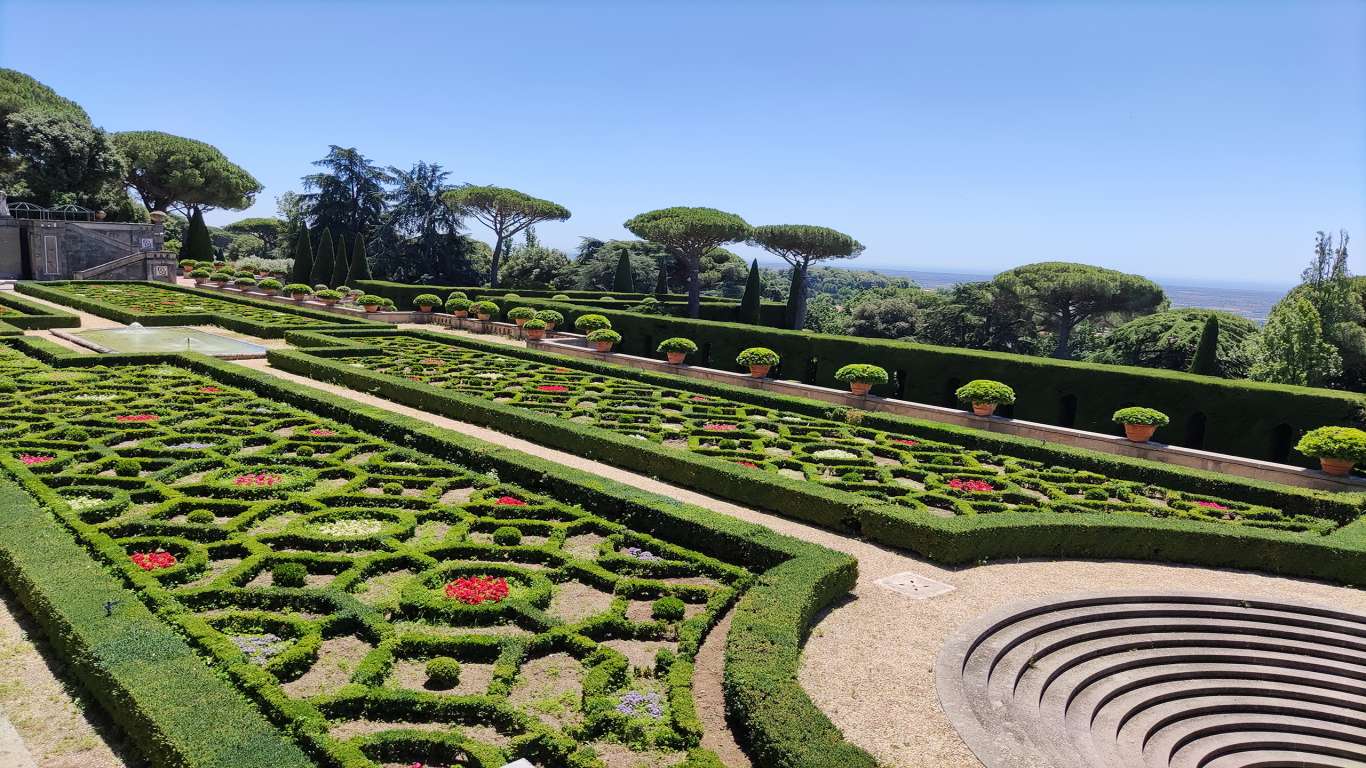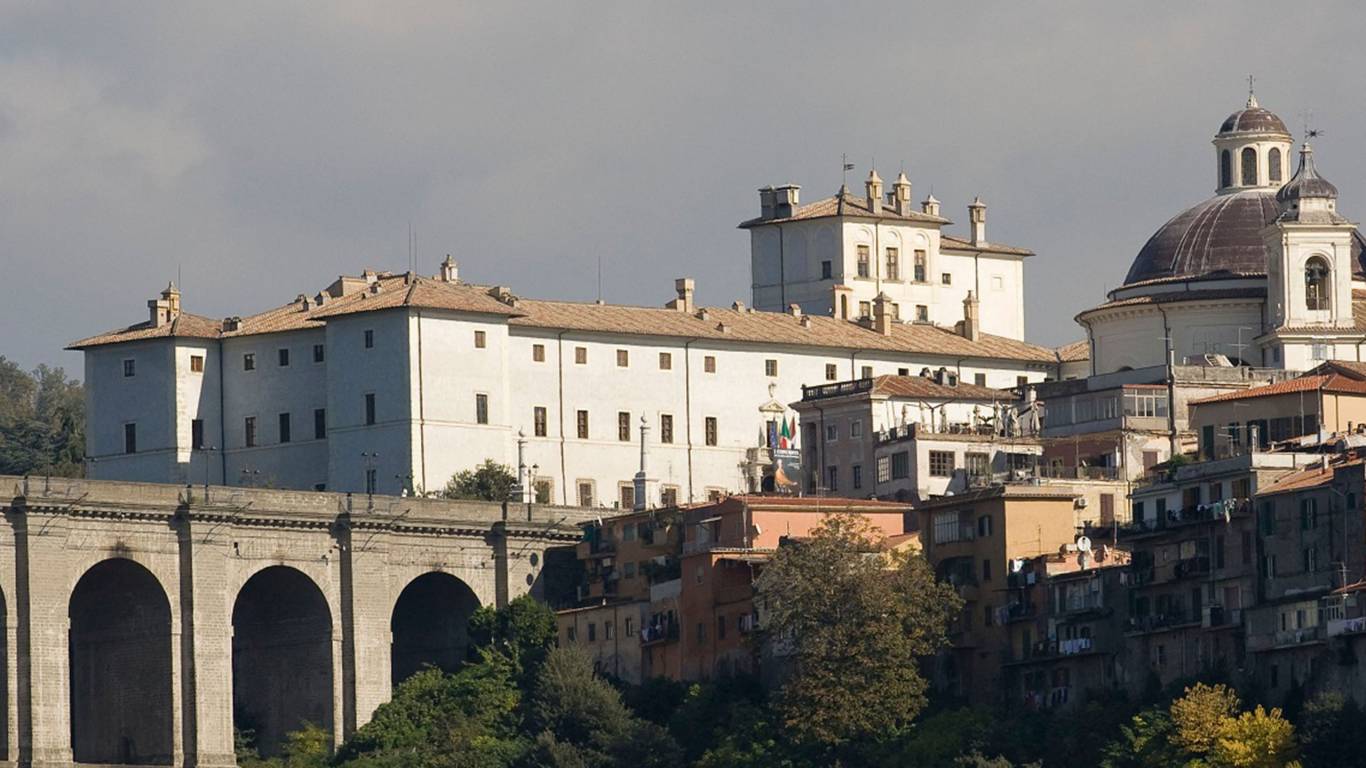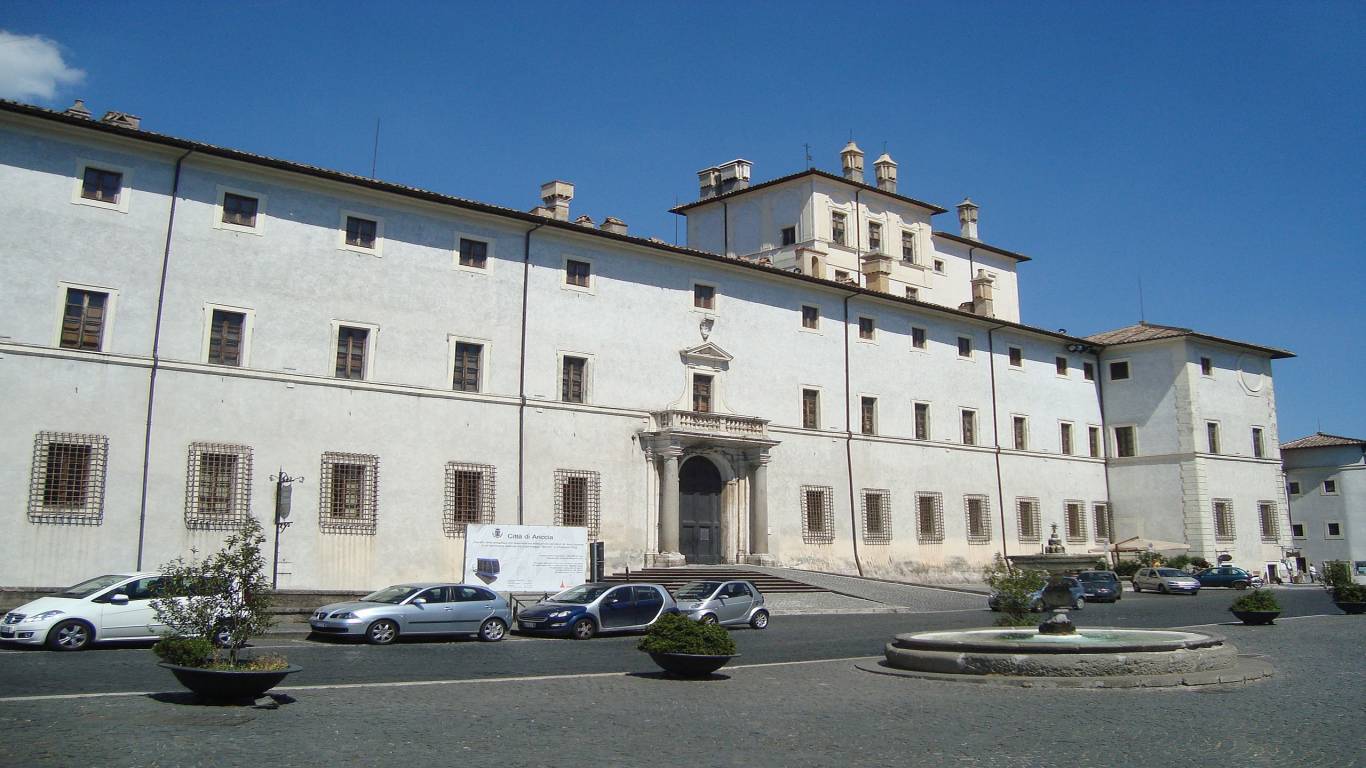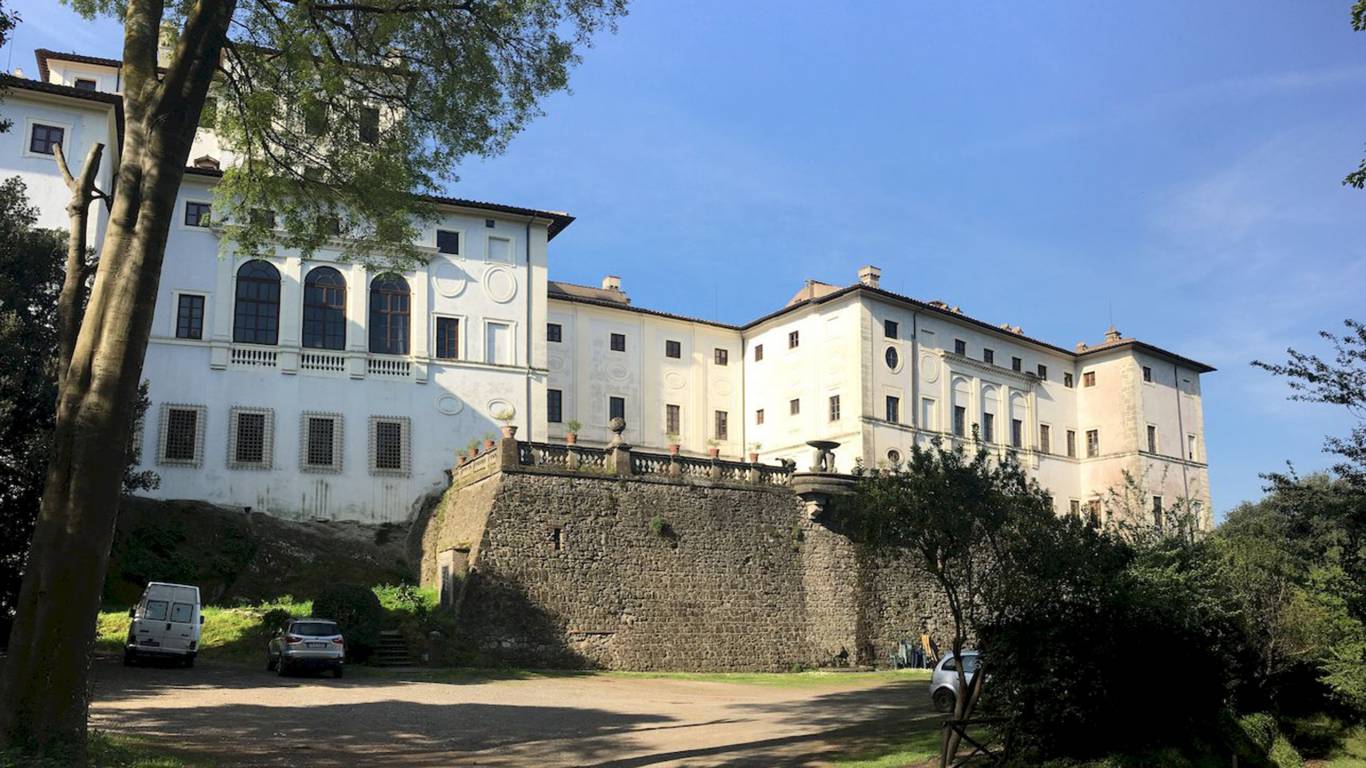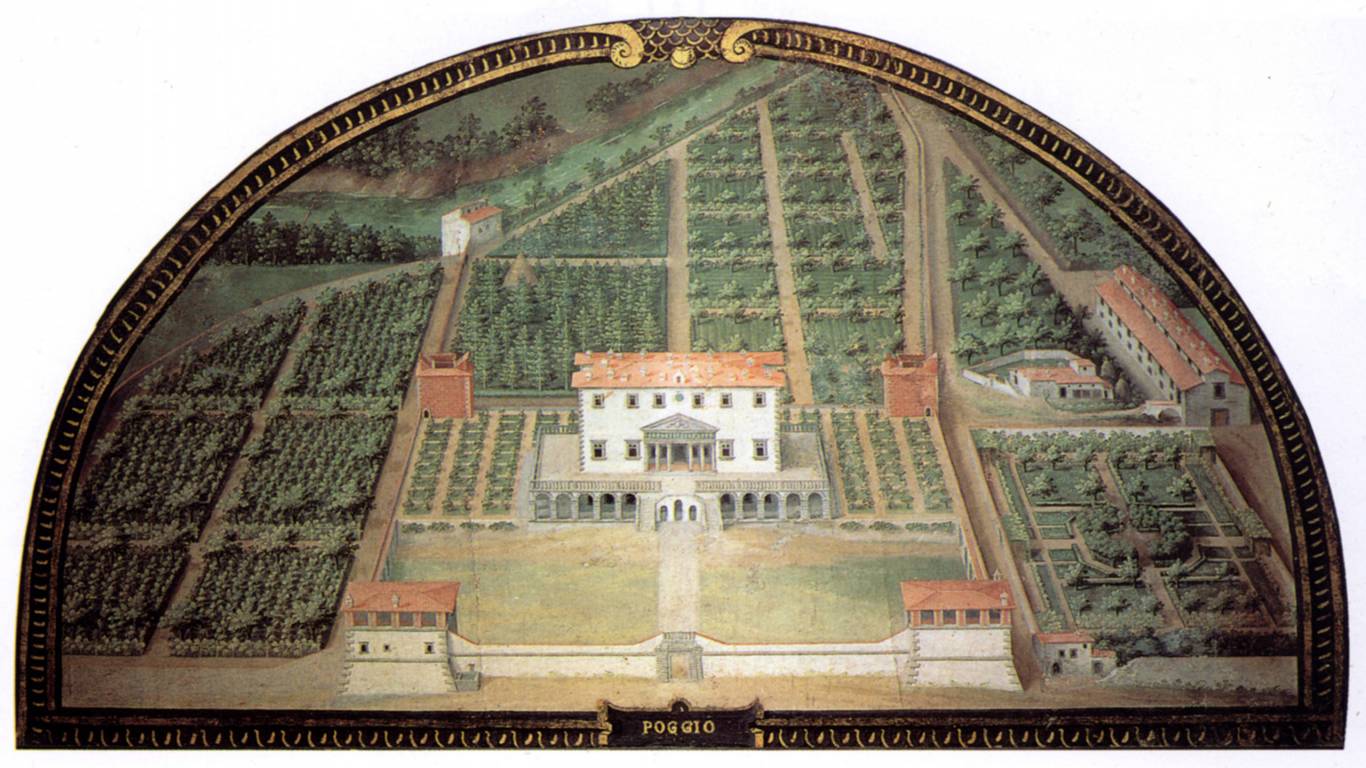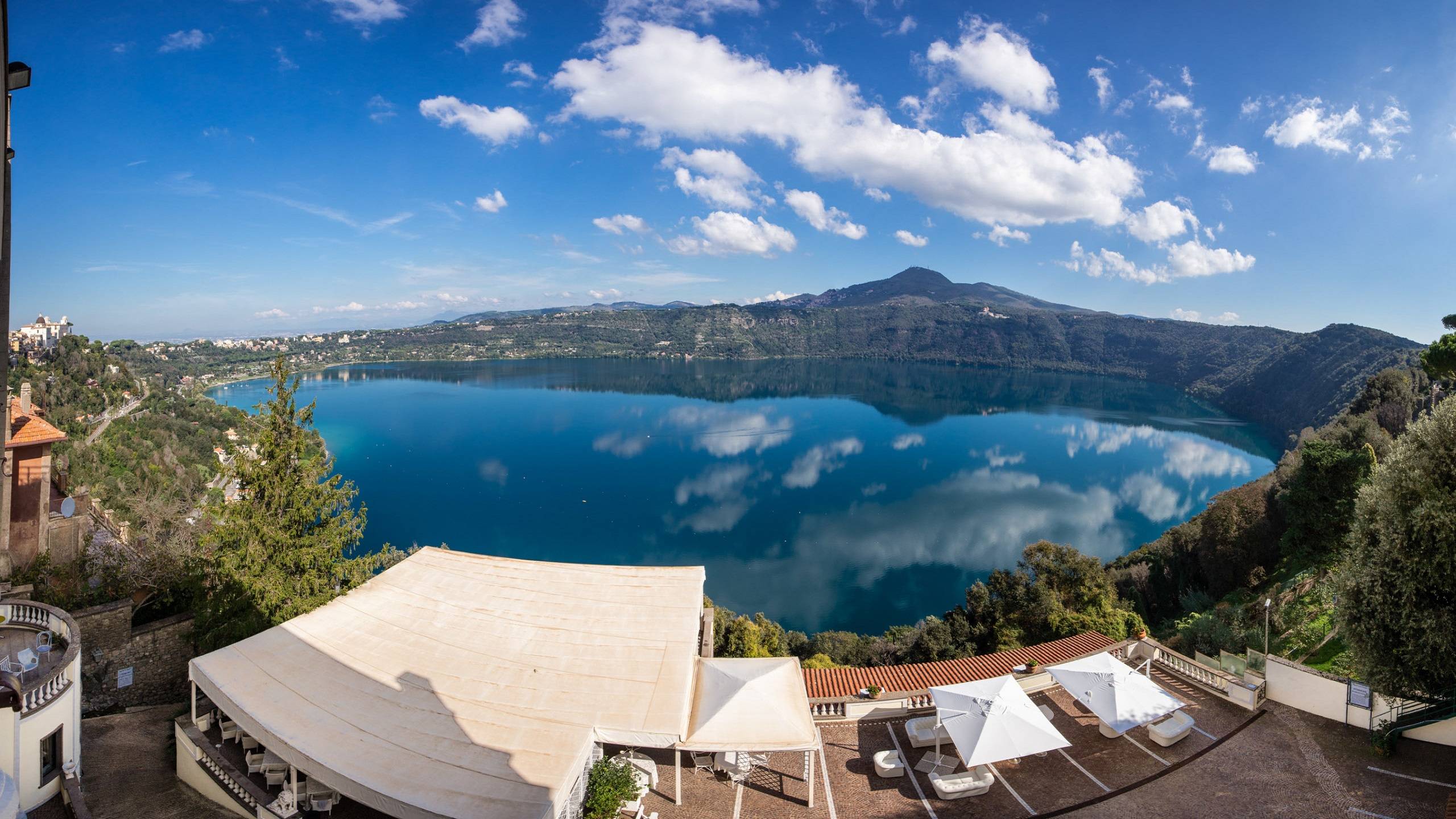
Hotel Castel Vecchio
Atracciones
Nature, art, food, wine… The Roman Castles offer many different tourist attractions.
The “Castelli Romani” (in Italian) are a group of comunes located a short distance of the city of Rome, at the feet of the Alban Hills, in the territory corresponding to the Old Latium.
The area of the Roman Castles occupies an ancient volcanic region; the former crater of the Latium Volcano is occupied by two lakes, the Lake of Nemi and that of Castel Gandolfo.
Starting from the ancient Roman era, it was a luxuriant green area frequented by the patricians during holidays.
In later centuries, Italian noble families which ruled in the Castles include Orsini, Colonna, Chigi, Aldobrandini, Savelli, Ruspoli…
Castel Gandolfo
Castel Gandolfo, in walking distance from our Hotel, is one of the most beautiful villages in Italy. Known for the papal summer residence, its historic center overlooks the Lake Albano. The places of greatest tourist interest are: the Papal Palace, the Church of San Tommaso da Villanova by Gian Lorenzo Bernini, the Villa of Domitian and the Regional Park.
Papal Palace
Castel Gandolfo was the best holiday destination for many Popes. In 1623, Urban VIII started the construction of the Papal Palace on the site of the ancient Villa of Domitian (1st century). The first Pope to holiday there was Alexander VII, who completed the Palace with the main façade and the west wing by the intervention of Gian Lorenzo Bernini. For info and reservations visit the following website: www.museivaticani.va
Barberini Gardens
The impressive Barberini Gardens extend over 55 hectares and consist of: the “Rosa” Garden, the “Erbe Aromatiche” Avenue, the “Ninfei” Avenue, the “Lecci” Square and the “Belvedere” Garden. The gardens hold the remains of the Albanum Domitiani. For info and reservations visit the following website:
www.centrolaudatosi.va
tours@borgolaudatosi.va
Phone: 06 69887835
Contact person: Sig.Daniele Di Francesco e Sig.Ivan Plutino
Ariccia: Chigi Palace
Chigi Palace represents a unique example of a baroque residence that has remained unchanged over the centuries, documenting the prestige of one of the greatest Italian papal families: the Chigi. The palace, turned into baroque residence by Gian Lorenzo Bernini, today is a museum and center of cultural activities.
For info and reservations visit the following website: www.palazzochigiariccia.com
Nemi: Museum of the Roman Ships
The museum was built between 1933 and 1939 to hold the “temple-ship” and the “palace-ship” of Emperor Caligula (37-41 a.D.), recovered in the Lake of Nemi.
For info and reservations visit the following website: www.polomusealelazio.beniculturali.it/index.php?it/229/museo-nazionale-delle-navi-romane
Lanuvio: Civic Museum
The museum holds a Roman section on the most significant monuments of ancient Lanuvium. A room is dedicated to the Pantanacci Votive Deposit, found near the Temple of Juno Sospita. Pantanacci’s ex-votos represent eyes, ears, hands, feet… that the Juno goddess could heal.
For info and reservations visit the following website: www.comune.lanuvio.rm.it/home/esplorare/museo-civico-lanuvino
CASTELLI ROMANI, entre historia y leyenda ...
El lago Albano, que en su costa se encuentra el Hotel Castel Vecchio, es el resultado de un imponente complejo de erupción, conocido como el Volcán Lazio, que hundiéndose dio origen a los lagos de Castel Gandolfo y Nemi y a Colli Albani, que consiste en: Castel Gandolfo, Rocca di Papa, Albano, Ariccia, Frascati, Genzano, Grottaferrata, Lanuvio, Marino, Nemi y Velletri.
Según el mito, ya cuatro siglos antes de la fundación de Roma (753 a. C.) Ascanio, hijo de Enea, construyó la ciudad de Alba Longa, la antigua capital de la Liga Latina, a orillas de este lago. Trece reyes se siguieron en el trono de Alba Longa. A la muerte del rey Proca, el legítimo heredero Numitor fue expulsado por su hermano Amulius, que tomó el poder matando a los hijos de su hermano y obligando a su sobrina Rhea Silvia a convertirse en sacerdotisa de Vesta, para permanecer virgen.
Rea Silvia, seducida por el dios Marte, dio a luz a los gemelos Rómulo y Remo, herederos del trono de Alba Longa y padres fundadores de Roma. Abandonados en el río Aniene por orden de Amulio, los gemelos fueron rescatados y amamantados por la mítica loba, fueron encontrados y criados después por una pareja de pastores ricos: Faustolo y Acca Larentia.
Romulus y Remus, explorando desde Colli Albani las extensiones cerca del mar Tirreno y el río Tíber, decidieron trazar en esos lugares el surco que determinaba sus respectivas fronteras: Remo en el Aventino quiso fundar una ciudad llamada Remora, mientras que Romulus en el Palatino una ciudad llamada Roma, pero todos sabemos cómo terminó ...
A finales del período republicano, toda el área de Alba Longa se vio afectada por el asentamiento de numerosas villas patricias, entre ellas la villa del Emperador Domiciano, conservada en los Giardini Pontifici de Castel Gandolfo, y la villa del Emperador Calígula, a orillas del lago de Nemi. En el Albano Laziale de hoy, el emperador Septimio Severo estableció los campamentos de la II Legión de la División y en toda la zona de las colinas de Alban se construyeron fortificaciones, llamadas castra: el término inspiró el nombre "Castelli Romani". Posteriormente, a partir de 1600, se erigieron numerosas residencias aristocráticas de las familias más importantes de los Príncipes sobre las ruinas de la antigua castra: Barberini, Colonna, Chigi, Ruspoli, Sforza Cesarini, Aldobrandini ...
